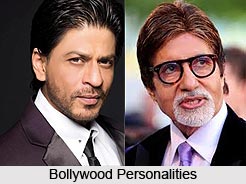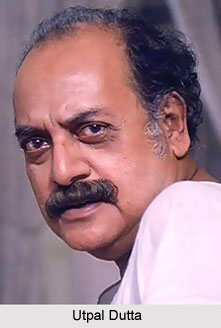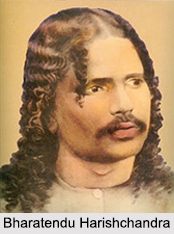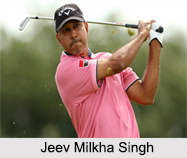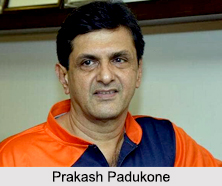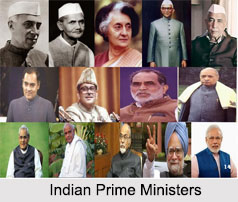Rajalakshmi Parthasarathy is the woman of substance who by the dint of her merit, and sheer brilliance, created a niche for herself in the field of journalism, education and social work and even nursing a striking balance between her professional obligations and personal duties. Mrs. Y.G.P, on her self chosen struggle to be independent and educated played the role of an Indian independent lover herself.
Rajalakshmi Parthasarathy is the first woman P.G. diploma holder in Journalism (with Distinction) from Chennai who later joined The Mail as a journalist, worked in The Hindu and later wrote for the Tamil weekly Kumudam, and instead of becoming a writer became an educationalist. Rajalakshmi Parthasarathy or Mrs. YGP, the dean of the P.S.B.B. group of schools, which began with 13 students, is a teacher who didn`t stop educating herself. She completed B.Ed. from the Mysore University becoming a gold medallist at the age of 45, and followed it with a M.Ed. and a Masters in History from the University of Madras.
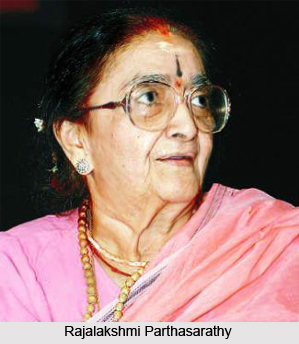 Early Life of Rajalakshmi Parthasarathy
Early Life of Rajalakshmi Parthasarathy
Rajalakshmi birthplace is Madras and was born to Parthasarathy and Alamelu on November 8, 1925. Parthasarathy was an employee of Burmah Shell Limited and the able son of the Indian independence activist T. Rangachari. She studied in St. John`s School and Holy Cross College, Madras and did her post graduation in journalism from Madras University in 1947. Later, she completed her M. Ed and acquired a master`s degree in history from the University of Madras. In fact, the girl who was born in a backroom of a large house in Egmore while a harikatha recital was going on in the front hall of her grandfather`s home, went on to become the first woman graduate in her family and, more interestingly, the first woman to enter the editorial portals of The Hindu. That was in 1947, when she was the only girl in the Journalism diploma class that had just been started in the University of Madras.
Career of Rajalakshmi Parthasarathy
She had always done well academically. Moving to Tiruchi from Secunderabad when her father R Parthasarathy - who worked in Burmah Shell - was transferred, she came first in the Anglo-Indian Higher Secondary Examination. Though the paternal side of the family were against girls attending college, she studied mathematics at Holy Cross College. "I was the first granddaughter to have my way," she remembers with a chuckle. "I even took part in the students` Quit India Movement and vividly recall how I scaled a wall to lead a protest rally to National College." Besides fond memories of sitting next to Pandit Nehru at a Bharat Yuvam Samaj conference in Kanpur, she remembers meeting Mahatma Gandhi after her father`s transfer to Delhi.
She was able enough to work as a sub-editor with The Mail, where the Arthur Hayles influence would have proved invaluable, and then began the Rashmi stint with Sport and Pastime not merely as a columnist but as an interviewer of many a personality as well. It was a contract connection that was to last over 20 years a period when The Hindu saw it quite fit to have one of its publications feature a `Women`s Page`, which she edited. She also began writing for Kumudam (as Jalak) and Swadesamitran (as Sumangali).
Her father was transferred from Trichy to Madras in the mid 1940s when she was about 20. She had just finished her graduation in Trichy; the first woman in family who went to college. Back then, very few women were allowed to go to college. In 1958, Rajalakshmi started a school with 13 students along with members of the Nungambakkam Ladies Recreation Club in a shed in the terrace of her house in Nungambakkam and named it Padma Seshadri Bala Bhavan in deference to the wishes of one of its benefactors R. M. Seshadri who expressed his wish for the school to be named after his wife. The next year, the school acquired its own building. In 1971, the school established its first branch, the T. P. Road Junior School. Since then, the school has grown manifold and in 2009, comprised five branches with over 8,000 students and 500 staff members. Rajalakshmi has been serving as the Dean and Director of the school since its inception in 1958.
As Dean and Director of Padma Seshadri Bala Bhavan, Rajalakshmi is credited with having contributed immensely to the cause of education in India and setting quality standards. She is also acclaimed for her contributions to the CBSE system.
It was in the latter half of the 1950s that Mrs. YGP found a new interest. She joined the Nungambakkam Ladies` Recreation Club - and soon turned its attention to social service. When the Club had to move out of its premises, she offered her terrace and a thatched roof for the Club`s new home. She also suggested that the members do something more useful, like start a school, an `Indian School` rather different from the ones the missionaries ran. And so was inaugurated on January 18, 1958, in her home, Bala Bhavan.
Within months the school had no space for those who wanted to join it. The NLRC sought land from the Government and in 1959 the school moved into the new premises it raised in the Lake Area, Nungambakkam. Soon, still more space was needed and the UAA got into the fund-raising act by staging several plays for the school. But more and more money was needed for infrastructure. And that`s when Mrs. YGP met R.M. Seshadri, a retired ICS man and then a practising advocate. His wife Padma had been very keen on starting an `Indian` school but had died before she could get down to it. He now offered to donate Rs. 30,000 to the Bala Bhavan if it was renamed after her. And so it became the Padma Seshadri Bala Bhavan in 1963.
But there was a moment of uncertainty before the name stuck. MGR had, during YGP`s fund-raising amongst the film stars, donated a handsome sum to the school. Mrs. YGP had a quick retort: the school taught its students Hindu religious and cultural values whereas MGR`s party believed in rationalism. MGR conceded the point and Mrs. YGP named a new building that came up the Sathyabhama Block.
Today, there are three schools, 8,000 students and over 500 staff. But still keeping a watchful eye over all of them is 83-year-old Rajalakshmi Parthasarathy, intent on making the Golden Jubilee year of her school a memorable one.
In 1946, she met civil servant and theatre personality Y G Parthasarathy. Joining All India Radio, he was conducting special shows for Indian soldiers on the war front. They got married in 1948. Moving to Chennai, she enrolled in a journalism course at Madras.
